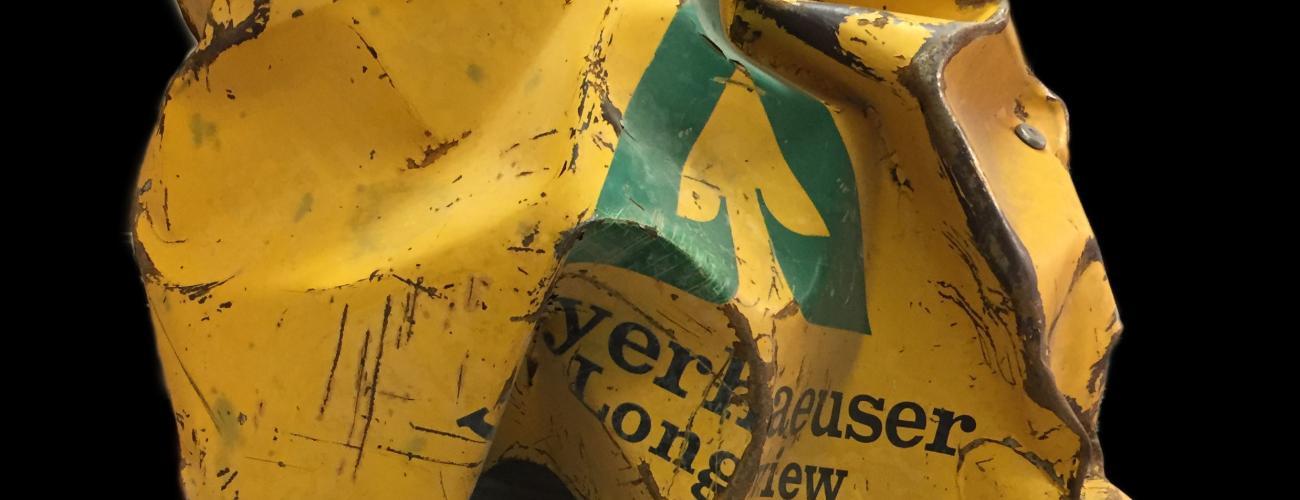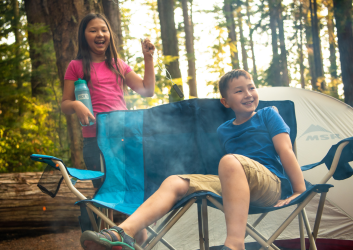Be a park S.T.E.W.A.R.D.
The door of a Weyerhaeuser truck, mangled by the 1980 eruption of Mount St. Helens, is one of many unique and historical objects in State Parks Collection.
What to do and not do if you find an artifact in a Washington state park — and why you want to do the right thing...
This spring and summer have been warm and sunny, and Washington state parks have been hopping with joy. As staff, we find our visitors’ happiness contagious. When we see people enjoying our parks, it makes us happy too!
At the same time, we’ve read about the heist and return of a baby’s headstone from an old mining town site and the discovery of a megafauna bone in an extreme low tide zone. There was also the roof of a historic railroad depot telephone booth, and other culturally, historically or geologically significant items picked up and transported off trails, beaches and sacred grounds.
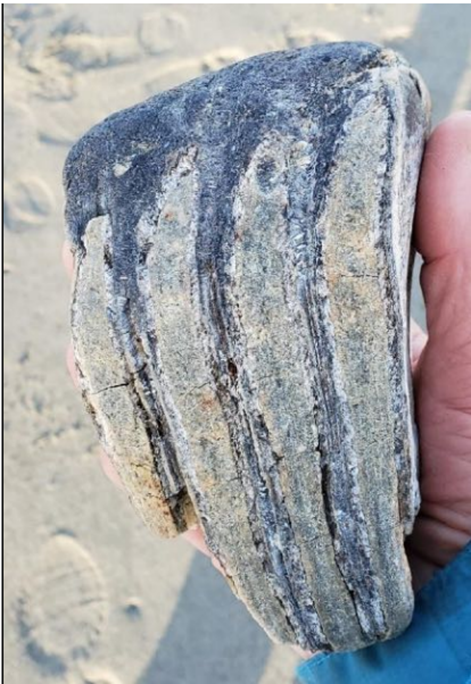
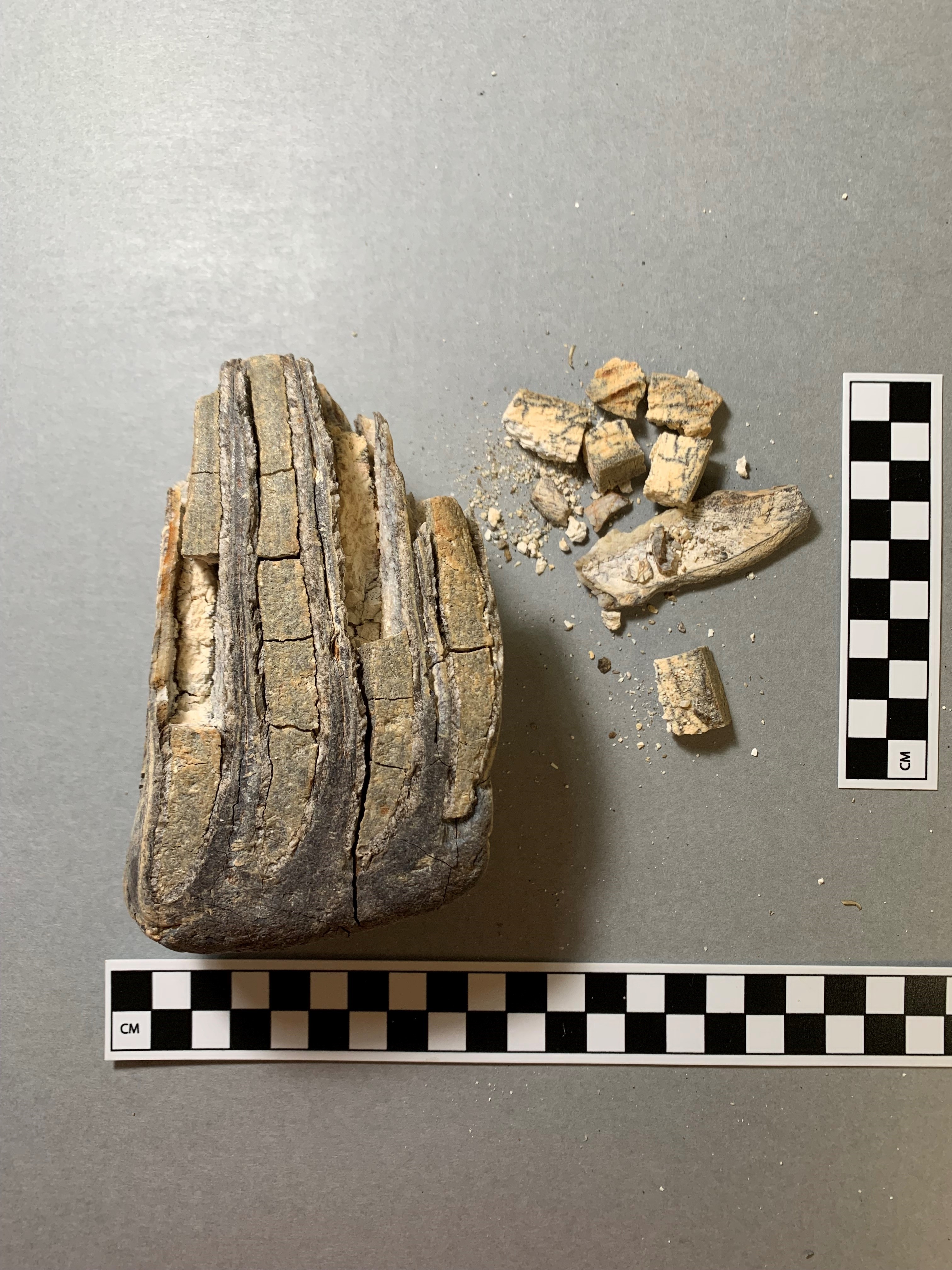
Two pictures are worth 2,000 words
Visitation to parks, natural areas and properties across public lands has increased since 2020, and with it has come an increase in the inadvertent discovery of objects and specimens by visitors and staff.
This led State Parks’ Stewardship Division to develop ways to inspire visitors to S.T.E.W.A.R.D. the cultural and natural history resources across our shared lands.
We found this acronym (cheesy, but memorable) to help you remember what to do if you find something that might be an artifact:
S: Stop, don't touch, move or take the object
T: Tell park staff about what you found ASAP
E: Email artiFACT@parks.wa.gov and include the following information:
W: Write down how the object was found
A: At least 2-4 photos of the object and the area around it
R: Record the GPS location of the object or area on a map
D: Don't share your find on social media or with other park visitors
(Pretty nifty, right?)
"Don't share" can be the hardest task
Who wouldn’t be excited to share such a find with friends, followers and the world? But the request is not a meaningless buzzkill.
We want you to have fun in your parks, to experience culture and nature, to connect with each other and the environment around you and to celebrate your experience in a way that is meaningful to you.
However, we balance our recreation mission with an equally important mission to protect the land and everything on it. We seek to continually learn from culture and nature to understand where we have been and where we are headed. Only by understanding our past can we make behavioral changes based on our findings.
If historic and cultural artifacts are not kept where they’re found, their story is lost. And with that loss, we lose the ability to better ourselves and our environment.
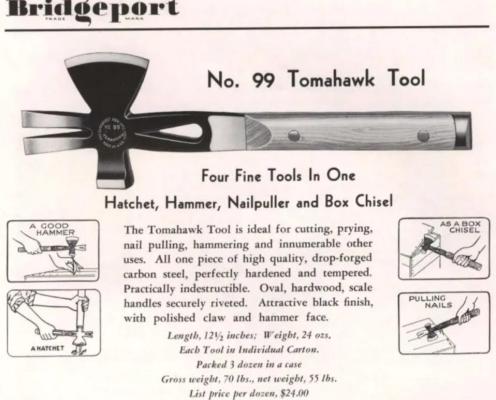
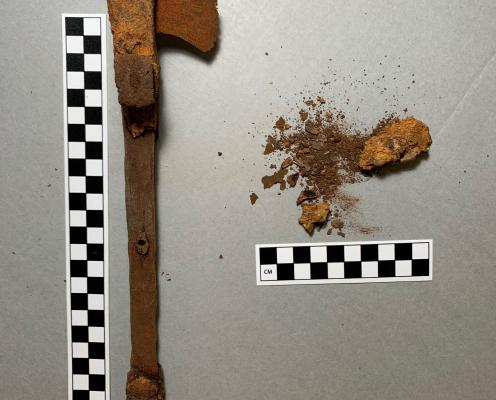
You can help — and more guidance is on the way!
So, your help with this is desperately needed. Please allow us to protect the legacy of our shared land and those who have called it home over many millennia.
Throughout the rest of 2023 and 2024, State Parks’ Stewardship Division, Interpretive Program and Communications Division will be working to bring creative solutions to this issue. That means giving you more ways to help S.T.E.W.A.R.D. your lands.
We’re creating a webpage with information and resources! You’ll also start seeing signs and posters in parks on the S.T.E.W.A.R.D. steps, an onsite reminder to help preserve resources where they are found. And every time you see the S.T.E.W.A.R.D. steps, there will be a QR code that will take you to this new webpage. As the process moves forward, we’ll be sharing more fun facts and interesting occurrences. You may also see more information on this topic over our social media channels, in our blog, news releases, public service announcements and on other Parks and public lands webpages.
Most importantly, please consider yourself a partner in preserving and protecting these non-renewable, often unique and interesting cultural and scientific resources that exist in our parks.
We are grateful for everything you do to enhance the state park experience for all who visit, and we thank you in advance for your help to preserve vital information from the area’s past.
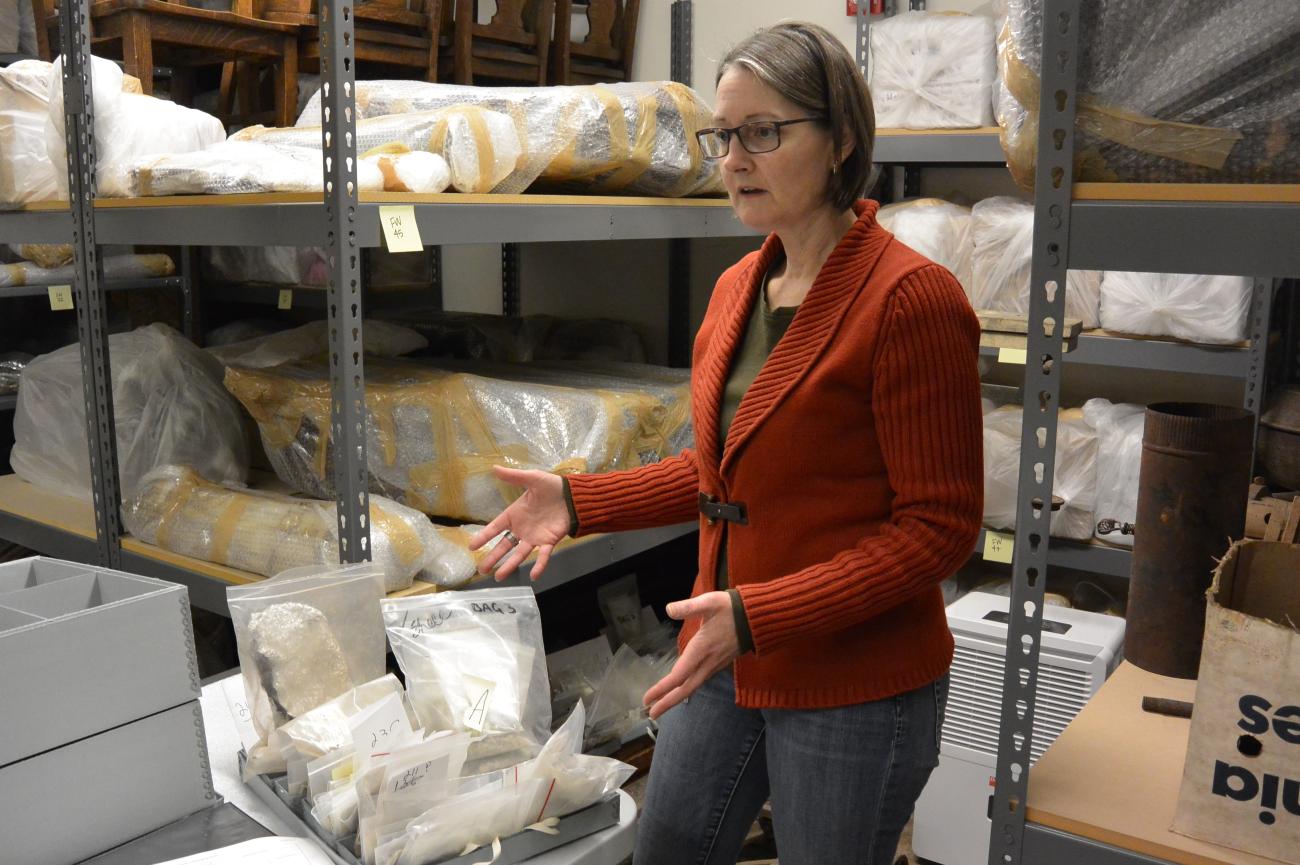
Did you know it’s illegal to disturb cultural and natural resources? Learn more:
Originally published August 25, 2023

